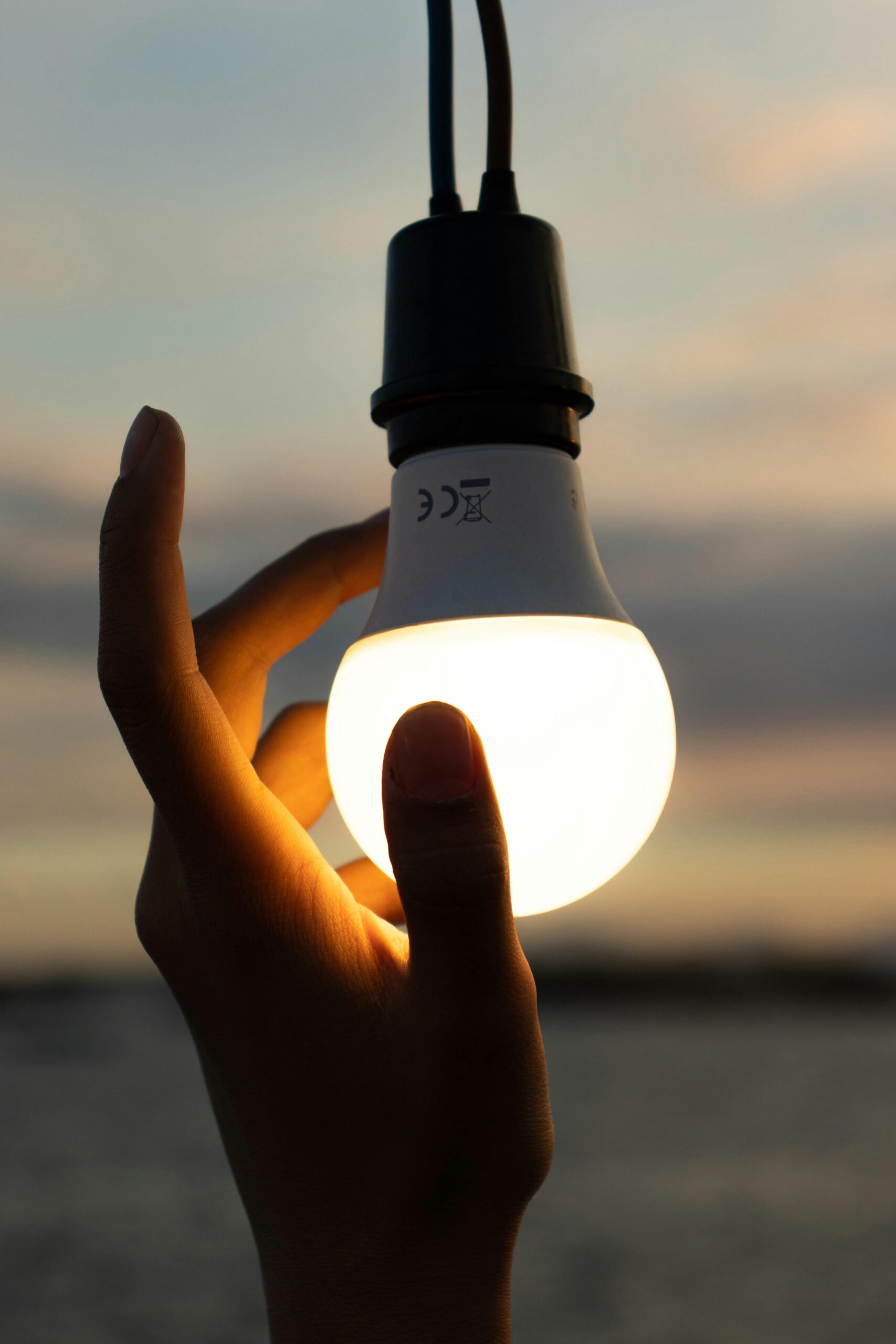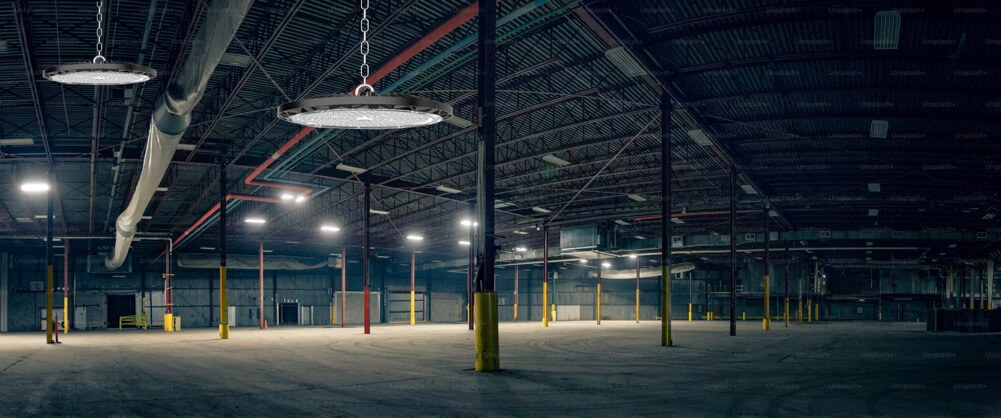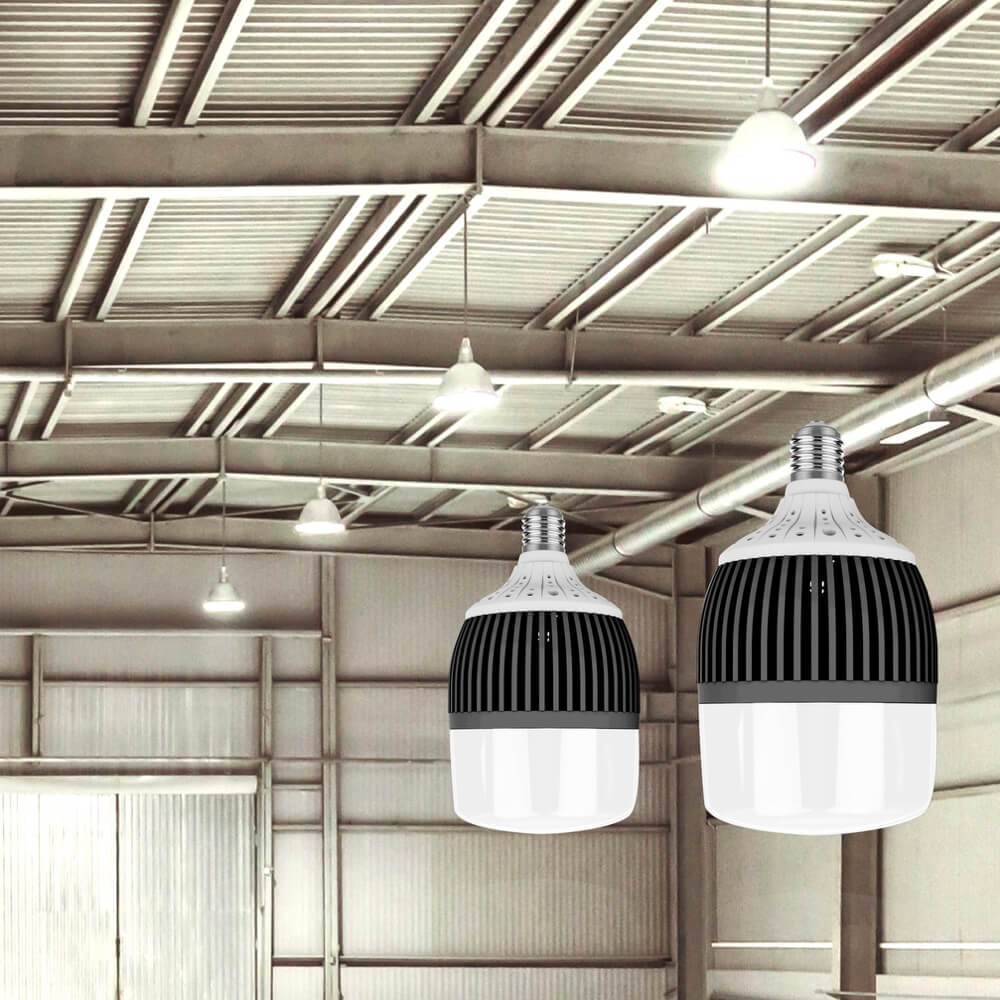As an LED lighting expert with over a decade of experience, I’ve seen countless frustrated customers dealing with malfunctioning LED lights. Whether it’s flickering, dimming, or complete failure, LED light issues can be particularly puzzling. LED lights are known for their reliability and efficiency, but they can still encounter problems. From power supply issues to installation errors, understanding these common problems and their solutions is crucial for maintaining optimal lighting performance. Let’s explore the most common LED lighting issues and their solutions, helping you save time and money while extending the life of your LED lighting systems. Through proper diagnosis and maintenance, most LED lighting issues can be resolved quickly and effectively, ensuring optimal performance and longevity.
Why Do Your LED Lights Keep Flickering?
Here are the main causes of LED light flickering and how to fix them:
1. Incompatible dimmer switch
– Traditional dimmers designed for incandescent bulbs don’t work well with LEDs
– Solution: Install an LED-compatible dimmer switch
2. Loose connections
– Check if the bulb is properly seated in the socket
– Inspect wiring connections
– Solution: Tighten connections and ensure proper installation
3. Power supply issues
– Voltage fluctuations can cause flickering
– Multiple flickering lights often indicate power problems
– Solution: Have an electrician check your electrical system
4. Low quality LED bulbs
– Cheap LEDs may have inconsistent power delivery
– Solution: Invest in quality, name-brand LED bulbs
5. Circuit overload
– Too many devices on one circuit
– Solution: Redistribute electrical load across circuits
For safety, consult a licensed electrician if:
– Multiple lights are affected
– Problem persists after basic troubleshooting
– You notice other electrical issues
Most flickering can be resolved by upgrading dimmers, checking connections, or addressing power supply issues. Always prioritize electrical safety when troubleshooting.

What’s Causing Your LED Lights to Dim Unexpectedly?
Let’s dive into the common causes of unexpectedly dimming LED lights and their solutions. As an experienced lighting professional, I’ve seen numerous cases where LEDs start dimming without any apparent reason.
First, let’s examine voltage irregularities. LED lights require stable voltage to maintain consistent brightness. According to Department of Energy guidelines, most residential LEDs operate optimally between 120V ±10%. Any significant deviation can cause dimming issues.
Here are the key factors to investigate:
- Circuit Load: Too many devices drawing power simultaneously can reduce available voltage
- Wiring Quality: Deteriorated or undersized wiring creates resistance
- LED Driver Health: Failing drivers cannot maintain consistent power output
- Power Grid Issues: Regional voltage fluctuations affect entire systems
To properly diagnose dimming problems, start with these steps:
1. Monitor voltage levels using a multimeter
2. Check if dimming occurs at specific times
3. Inspect the LED driver connections
4. Document which fixtures are affected
| Symptom | Likely Cause | Solution |
|---|---|---|
| All LEDs dim simultaneously | Circuit overload | Redistribute electrical load |
| Single fixture dims | Driver failure | Replace LED driver |
| Progressive dimming | Voltage drop | Upgrade wiring |
I recommend starting with the simplest fixes – redistributing the electrical load across circuits or replacing aging LED drivers. If problems persist, consider upgrading your electrical system’s capacity.
Proper voltage regulation and circuit load management can prevent most unexpected dimming issues.
For commercial installations, implementing a power monitoring system helps track voltage levels and prevent dimming before it becomes noticeable. Remember that LED dimming issues, unlike flickering problems we discussed earlier, usually indicate more systemic power delivery challenges that require professional assessment.

How Can You Fix LED Lights That Won’t Turn On?
Having dealt with countless LED installations, I can tell you that non-functioning LED lights often have straightforward solutions. Let’s walk through a systematic approach to get your lights working again.
First, let’s tackle the basics. As an ENERGY STAR certified professional would recommend, start with these essential checks:
- Power supply verification: Ensure the circuit breaker hasn’t tripped
- Socket inspection: Look for corrosion or damage
- Bulb seating: Confirm proper installation in the socket
- Voltage testing: Use a multimeter to verify proper power delivery
If those check out fine, move on to more complex issues:
| Component | Common Issues | DIY Check |
|---|---|---|
| LED Driver | Burnout, loose connections | Visual inspection, voltage test |
| Circuit Board | Component failure | Look for burn marks |
| Wiring | Loose connections, damage | Continuity test |
Here’s my professional troubleshooting sequence:
1. Test the LED in a different fixture
2. Replace the LED driver if applicable
3. Check for warranty coverage
4. Inspect internal wiring connections
5. Verify compatibility with any control systems
90% of non-functioning LED issues can be resolved through proper diagnosis and component replacement.
I’ve found that LED failures rarely happen without warning signs. Pay attention to dimming, color changes, or buzzing sounds – these often precede complete failure. For commercial installations, establishing a regular maintenance schedule prevents most complete failures.
Remember, safety comes first. If you’re not comfortable performing any of these checks, please consult a qualified electrician. Some issues might look simple but could indicate more serious electrical problems that require professional expertise.

Conclusions
Understanding and addressing LED lighting problems requires a systematic approach to troubleshooting. By following proper maintenance procedures and addressing issues promptly, you can ensure your LED lighting system operates efficiently and reliably for years to come. Remember to always prioritize safety and consult professionals for complex electrical issues.

